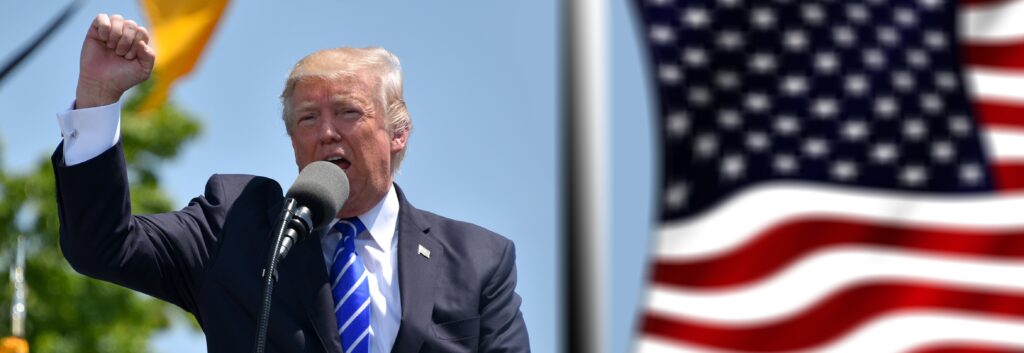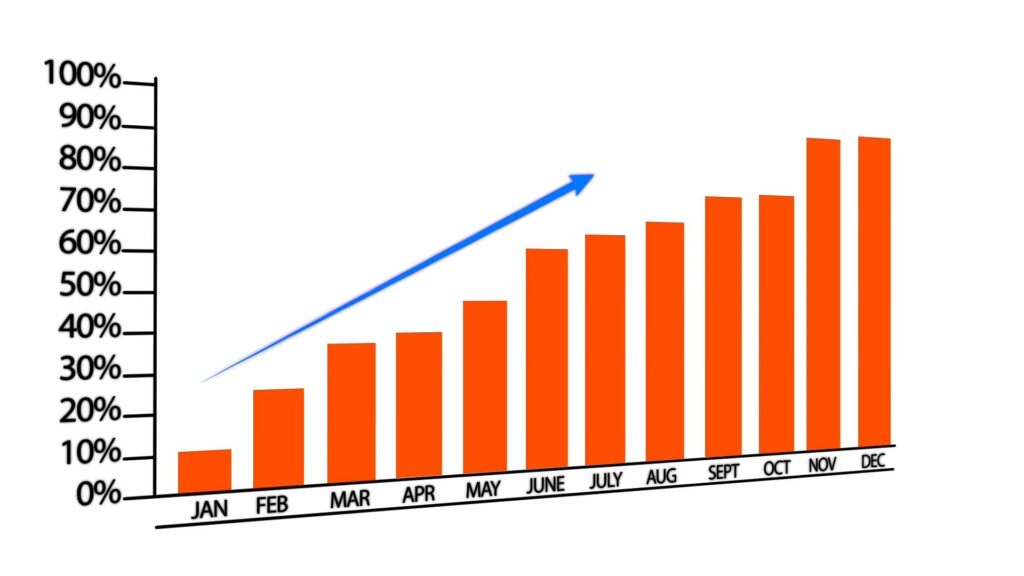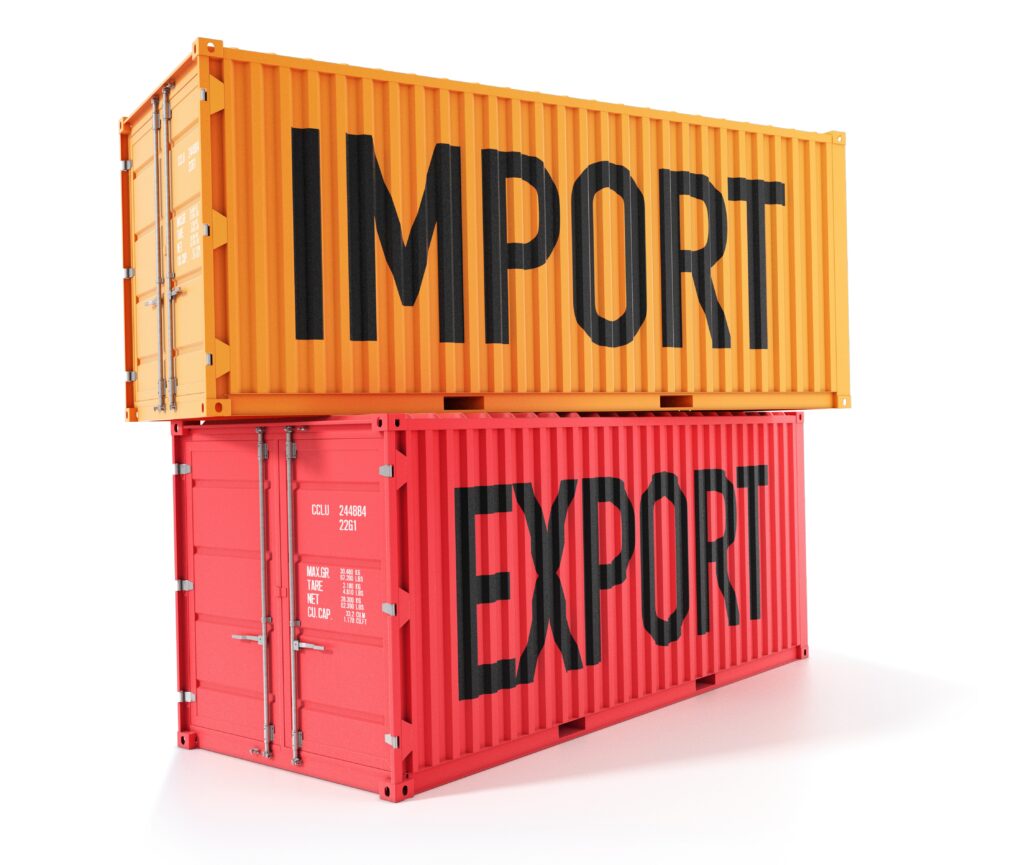
The USA-Japan tariff meeting marked a significant step in addressing the mounting pressures of rising costs due to tariffs. Both countries were dealing with the heavy burden of these economic policies, and Japan, in particular, sought to ease some of the strain caused by high import costs and increasing inflation. Japan made the first move to open the dialogue, signaling their willingness to find a solution that could bring relief to their economy.
President Trump’s positive response suggested that both sides were eager to find common ground, especially when it came to crucial sectors like automobiles and energy, which are deeply intertwined in their trade relations. While no official agreements were made during the meeting, both countries seemed optimistic about the potential for progress.
For Japan, the stakes were high. The tariffs had exacerbated an already fragile inflation situation, affecting everyday consumers. The U.S. also acknowledged the toll these tariffs had taken on American citizens, with the rising cost of living being felt across the country. So, the talks weren’t just about trade—they were about the shared struggle of both nations to protect their citizens’ economic well-being in the face of global uncertainty.
The sense of hopefulness that emerged from the talks was palpable. President Trump even described the meeting as “productive” and suggested that they were moving in the right direction. Though no deal has been struck, the meeting ended with both sides expressing a willingness to continue discussions and work toward a trade agreement that would benefit both nations. There’s clearly a recognition that easing tariffs could ease the economic pressures both countries are facing, and that’s something they both want to achieve—just a matter of finding the balance.
In the midst of rising global tensions, this was a moment of cooperation, and while there’s still much work to do, the optimism suggests that both Japan and the U.S. are committed to finding a way forward.
Since Donald Trump became the 47th President of the United States, the United States has started a tariff war with developed countries.
The names of those countries and their tax rates are clear:
- China: 145%
- Mexico and Canada: 25% on each item
- Cambodia: 49%
- Vietnam: 46%
- Sri Lanka: 44%
- Bangladesh: 37%
- Thailand: 36%
- Taiwan: 32%
- Indonesia: 32%
- Switzerland: 31%
- South Africa: 30%
- Pakistan: 29%
- India: 26%
- South Korea: 25%
- Japan: 24%
- European Union: 20%
- Israel: 17%
- Lesotho: 50%
- Laos: 48%
- Madagascar: 47%
- Guyana: 38%

In addition to the taxes imposed on all these countries, all countries have imposed additional taxes on goods imported from the United States. But these taxes have increased the cost of living in the United States and other countries by a large margin.
On the other hand, Japan is trying to talk to the United States on this issue. Inflation in Japan was skyrocketing a few years before this tariff was imposed. Currently, this tariff is making Japan more expensive.
Japan’s total imports from the United States are $80.2 billion, and its total exports are $143 billion. This tariff has made prices very expensive.

📦 Major Exports from Japan to the US
| Product Category | Export Value (USD) |
|---|---|
| Cars | $40.9 billion |
| Auto Parts and Accessories | $6.87 billion |
| Large Construction Vehicles | $6.46 billion |
| Semiconductor Machinery | $3.65 billion |
| Pharmaceuticals (Blood Fractions) | $3.42 billion |
🛢️ Major US Exports to Japan
| Product Category | Export Value (USD) |
|---|---|
| Petroleum Gas | $7.39 billion |
| Gas Turbines | $4.87 billion |
| Vaccines, Blood, Antisera, Toxins | $3.97 billion |
The US has responded favorably to Japan’s efforts to talk to the US on this issue. US President Donald Trump has said that the two countries have made great progress.